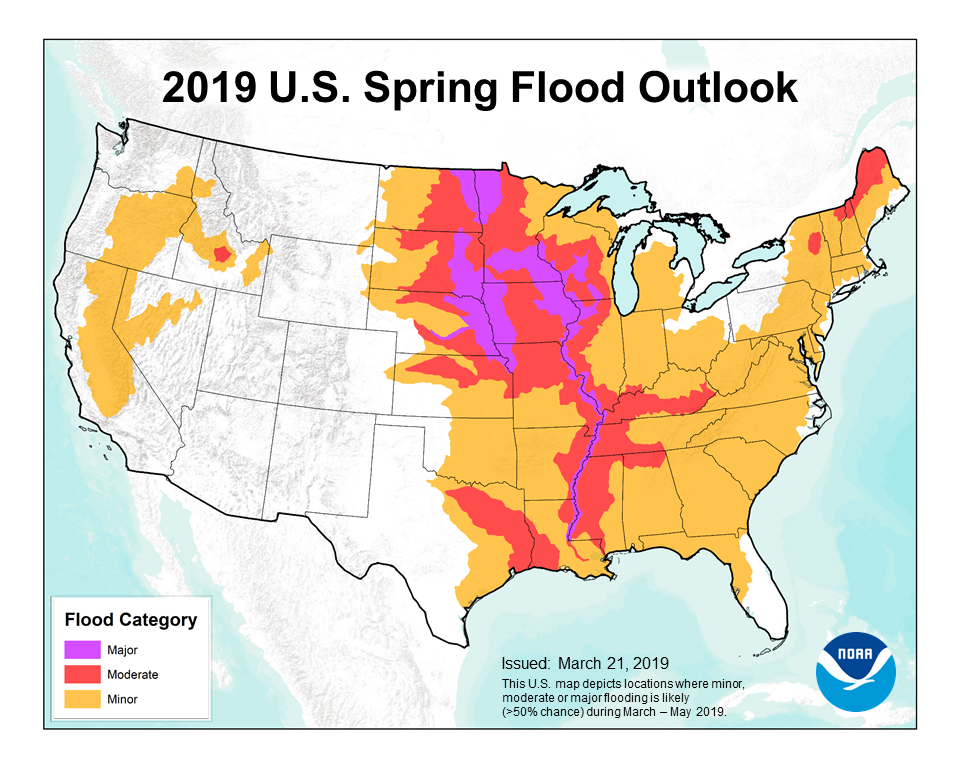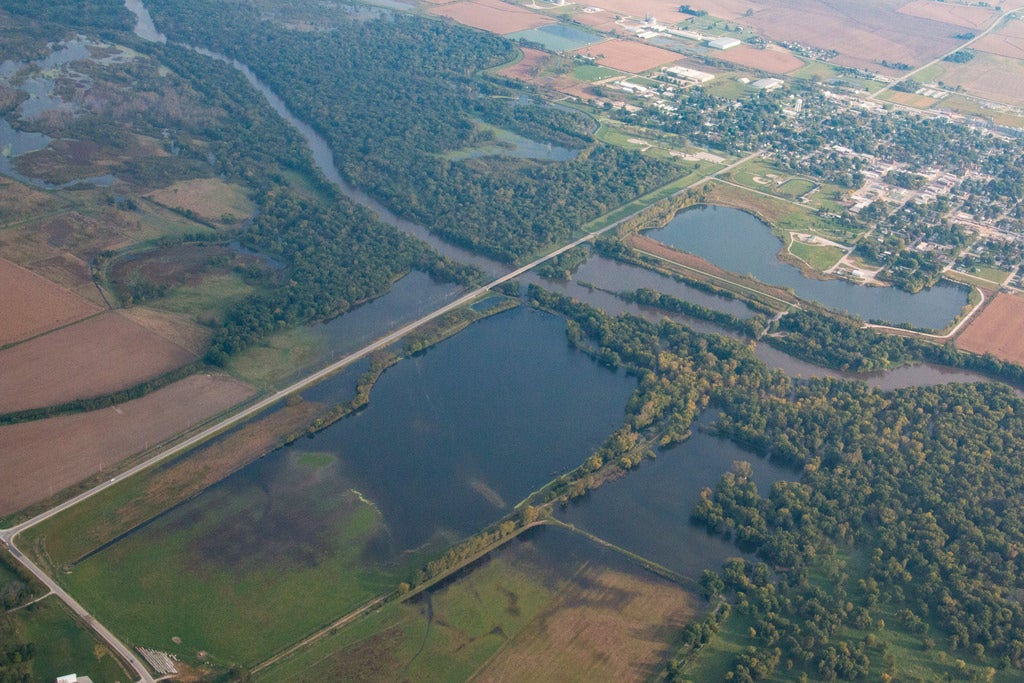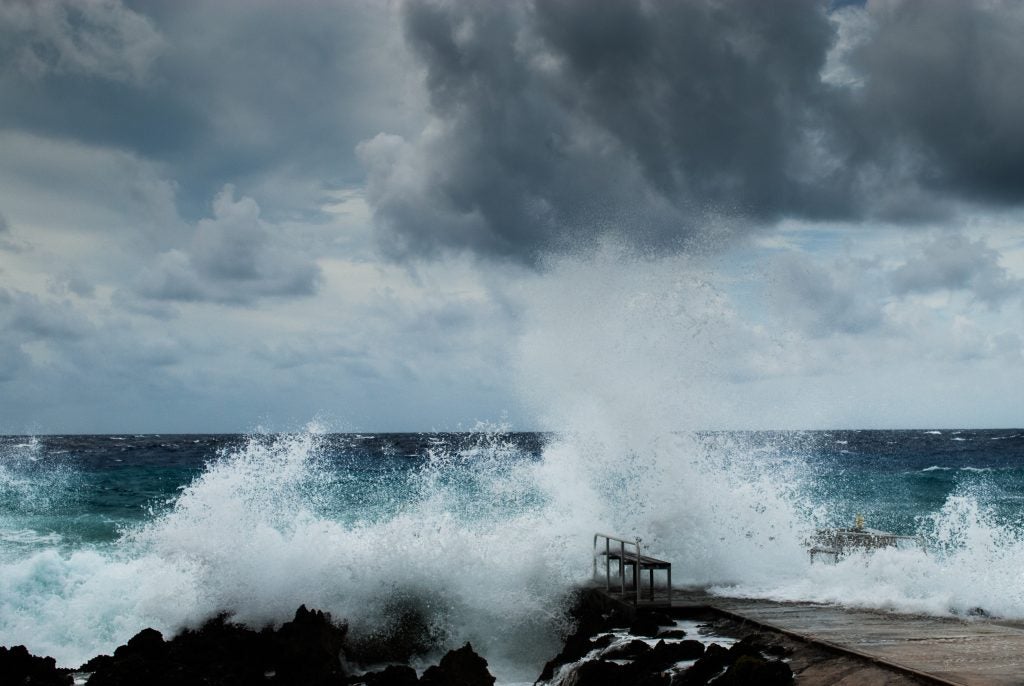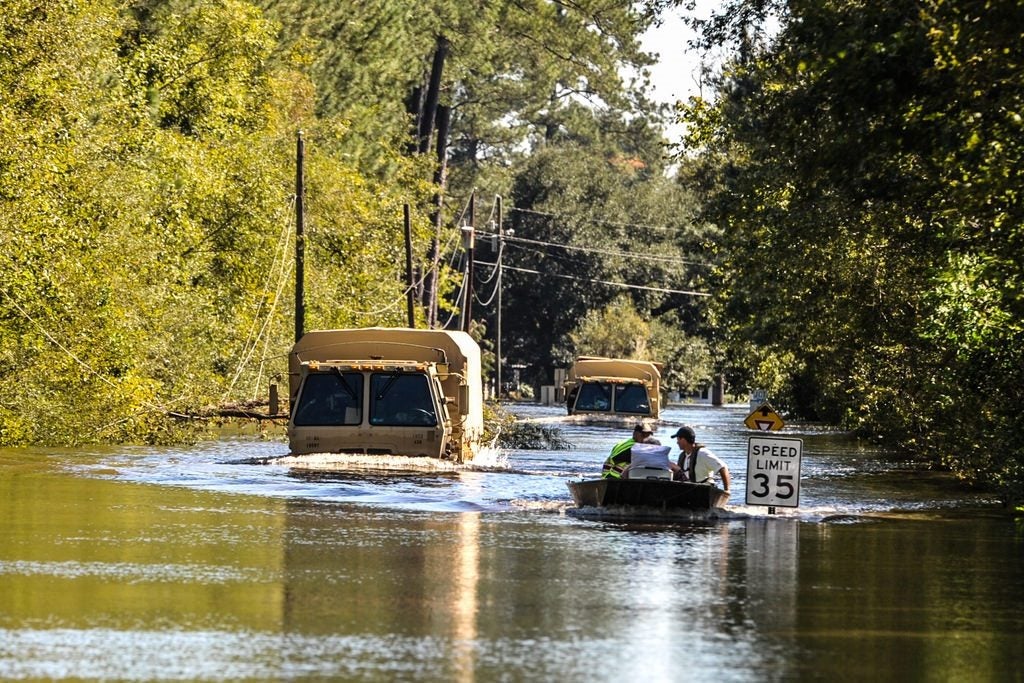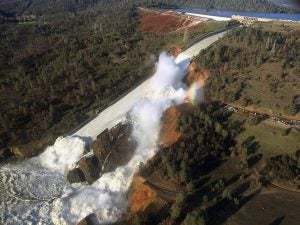(This post was co-authored by Shannon Cunniff and Grace Tucker)
2019 has been an unprecedented year for extreme weather, and we’re still in the thick of hurricane season. As disasters have increased, so has the popularity of using nature-based solutions to reduce flood hazard and exposure while also benefiting ecosystems and wildlife.
Along our coasts, healthy natural features – such as mangrove forests, wetlands, reefs and barrier islands – can be used to absorb the shock of storm surge, waves and rising sea levels. Further inland, nature-based features along rivers and in their floodplains can slow and retain water to help protect nearby communities.
In terms of public awareness, funding and policy, natural infrastructure is gaining steam as a critical strategy to help people and property become more resilient in the face of extreme weather. Read More










